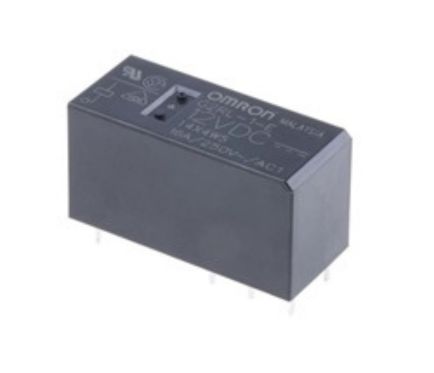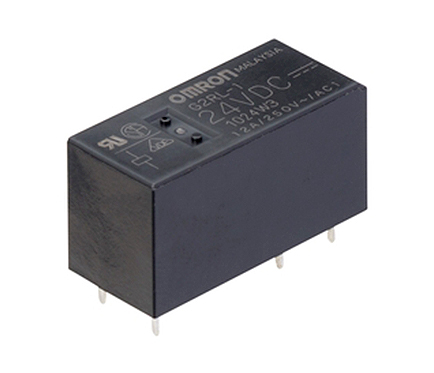The function of Auxiliary Relays is not only limited to the stumble of the damaged circuit. For example, in case of tripping occurs, there is still some logical context, but in some cases when the fault is severe, in that situation just reset-start the system can create severe, so here we need complete lockdown. Now again by logical when the relay contact is closed which is very light for faster response is not be able to disconnect the heavily loaded trip circuit.
What is Auxiliary Relay?
Auxiliary Relays are designed to switch more load than the capacitance of the switching products. These components are used for the multiplication of contacts where more than one contact is required. Here are some applications where these Auxiliary Relays are used.
Applications
- Lighting Controls
- Bus actuator
- Power Distribution
- Circuit Protection
- Inverter
In these applications, auxiliary relays are required and used effectively.
Best Offer Available
What are the advantages of Auxiliary Relay?
- Can enable energy savings and provide low self-heating by a bi-stable magnetic system
- Different coil drive possibilities by 1 or 2 coil versions
- Provide strong electronic ballast switching (50k operations, NEMA 410- 2011, 16A or 20A branch circuit rating)
- The high degree of reliability, even when idle for long periods
- 7 contacts with double-interruption
- Contact configuration can be changed easily
- Three mounting variants Wide range of voltage & contact configurations
- Special versions PQ8n – High-speed lock-out relay (86) PN8n – with high drop-off rating
These are some advantages of the auxiliary relay, which can make the elements more effective and efficient.
Silent Features of Auxiliary Relay
- Robust Electromechanical Design
- Simple and reliable construction
- Heavy-duty contacts
- Hand Reset Contacts
- Flush panel mounting



